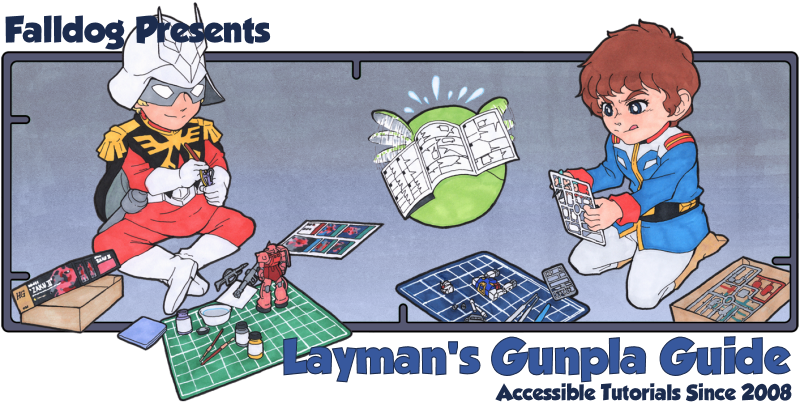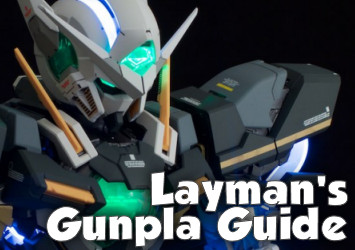Here are some other weathering tips that didn't quite fit in any of the other sections...
Distressed Decals
If you’re going to weather a kit with decals it’s important to weather those decals as well. A scratch or faded decal can add a lot of depth to the look of a kit. For the most part, weathering and stickers don’t work well together as weathering tends to accentuate the sticker’s border.
The simplest method to distress a decal is to scrape at it with pointy end of a toothpick or similar tool. It’s important to make sure that they’re fully dry and set with decal set solution before doing so. Don’t scrape too hard, you don’t want to mess up the paint. Note that your surface is heavily chipped, the decals should not cover the chipped area, as the paint would normally have worn off there as well.
Oil weathering techniques such as filters and washes are an important step when it comes to blending a decal into a surface and to make them look painted on. However, it’s critical to clear coat the decals before applying oil, because otherwise the paint may pool behind the film.
Mind Your Seam Lines
Weathering will often accentuate seam lines and make them extremely noticeable. If possible, remove them before weathering and painting. There’s no point in spending days to weather a kit if it still features clumsy seam lines or nub marks, right?
Tonal Crush
You can spend days working on adding depth, paint chips, discoloration, rain streaks and pigments to a certain part of a kit. On its own, it looks perfect. Then, after assembly with other parts in a contrasting color, you notice that all your neat weathering effects are suddenly barely visible when you take pictures! What happened?
This is due to a phenomenon called tonal crush, which is due to limitations in the dynamic range of the sensor of your camera. The total amplitude and contrast range that the sensor can pick up at the same time is lesser than that of your eye, so all the subtle variations are lost!
There are several things you can do to attenuate tonal crush. First off, investing in a good camera will mitigate the effect somewhat, but it won’t do miracles on a very contrasted kit. Planning a paint scheme featuring less contrast is an obvious option, as a monochrome kit will be very easy to capture on camera with all its glorious weathering. On kits involving a lot of contrast (black & white paint, and so on) make sure to reduce the contrast between the colors by applying the same wash or filter to both dark and light pieces. The weathering on a kit featuring green, white and red will obviously be more difficult to successfully capture than the same effects on a monochrome kit. Try to reduce contrast as much as you can.
Smart Weathering
Take a step back and think of what you’re doing when you’re weathering. Should paint chips be spread randomly because of rust, or be limited to leading edges and areas of the kit that would be prone to denting and impacts? Are the feet/wheels/landing gear/threads of the kit dirtier than the rest of the kit? How old, weatherbeaten and/or battle-worn is the unit? Does it pick up dust from moving forward? Are there leaks coming out of certain parts of the machine? Are the exhausts blackened with soot? Is whatever effect you’re applying consistent with the scale of the real-life equivalent of the kit?
There should be many questions you ask yourself before applying any weathering and the answer should be very clear to you. When in doubt, consult references such as pictures of trains, aircraft, tanks, various military and civilian vehicles in different operational contexts. You’ll notice that most, if not all, traces of exposure to weather and combat are easily mimicked with simple techniques! No single technique can simulate every effect in a single step. The key to smart weathering is combining several techniques to emulate every single process that would normally affect a machine exposed to the same operating conditions. Rain streaks, dust, rust, impacts, scratches, sun fading, accumulations of grime, oil leaks, bullet holes, smoke stains, the list goes on.











